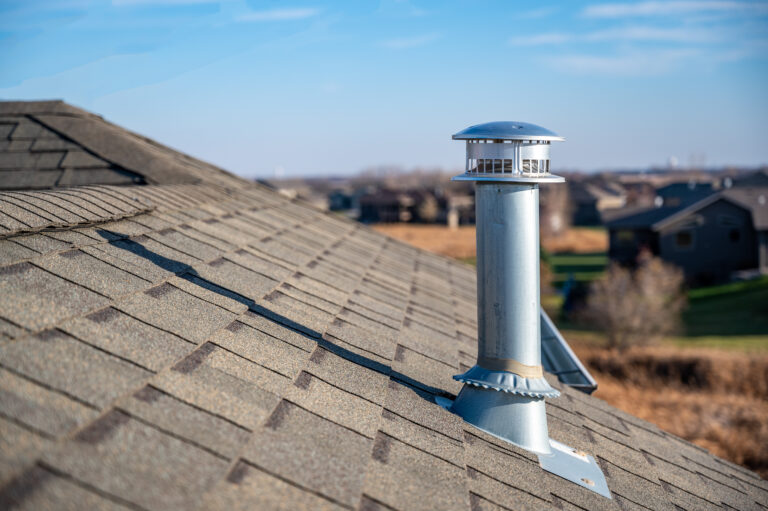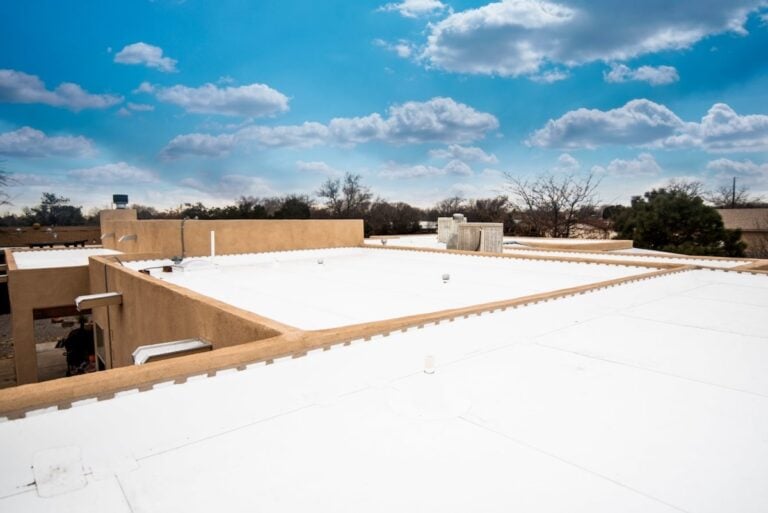Emergency Roof Repair: What to Do When Disaster Strikes
Few things are more stressful for a homeowner than sudden roof damage. Whether it’s caused by a severe storm, falling debris, or unexpected leaks, knowing how to handle emergency roof repair can mean the difference between a quick fix and long-term structural issues. Roof damage doesn’t just affect shingles—it threatens the safety, comfort, and value of your entire home. If you’re unsure of your options during a crisis, start by learning about professional roofing services available in your area so you can act quickly and effectively.
In this guide, you’ll discover:
- Why emergency roof repair matters more than most homeowners realize
- The top causes of roof emergencies and how to identify them
- Practical steps to take immediately after discovering roof damage
- Long-term solutions for protecting your home
- How to choose the right contractor when time is of the essence
Why Quick Roof Repairs Can’t Wait
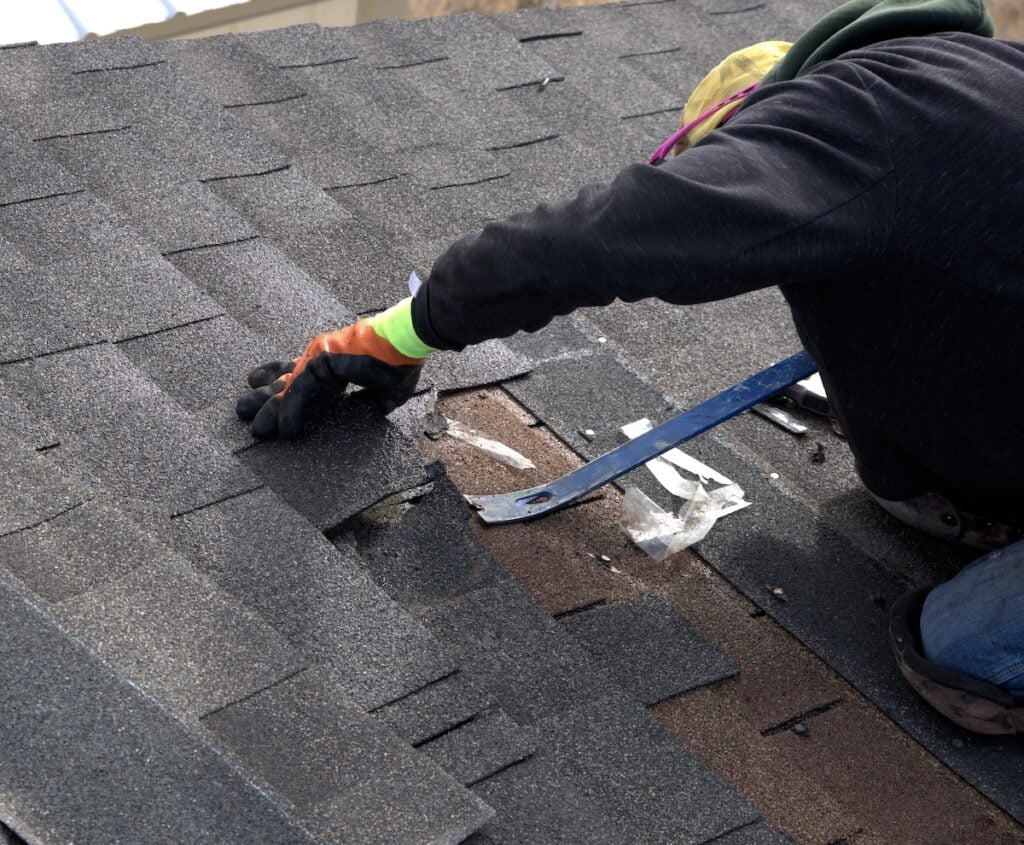
When disaster strikes, every hour counts. A small leak can quickly spread, damaging insulation, ceilings, and even electrical systems. For homeowners in Placitas and surrounding areas, high winds and sudden storms make emergency repairs especially critical.
- Preventing Structural Damage: Water intrusion weakens roof decking, rafters, and load-bearing walls.
- Avoiding Mold Growth: Moisture creates the perfect environment for mold, which spreads quickly and endangers health.
- Protecting Belongings: Furniture, flooring, and electronics are often the first casualties of unchecked leaks.
- Maintaining Insurance Coverage: Acting quickly demonstrates to insurers that you took steps to minimize losses.
- Saving Money: Emergency repair costs are far lower than paying for a full structural rebuild caused by neglect.
5 Common Causes of Emergency Roof Repair
Understanding the most frequent culprits helps you stay alert and ready to act. Roof damage often happens suddenly, but the underlying issues may have been building up for months or years.
1. Severe Storms
High winds, hail, and heavy rain are leading causes of roof emergencies.
- Shingles can be ripped off completely.
- Hailstones crack or dent roofing materials.
- Wind-driven rain forces water beneath the surface.
2. Fallen Trees or Debris
Branches, entire trees, or heavy debris can puncture roofing systems.
- Even small limbs can create leaks.
- Large impacts may cause structural collapse.
- Gutters and flashing are especially vulnerable.
3. Flashing Failures
Flashing seals roof joints and vulnerable areas like chimneys and vents.
- Damaged flashing creates entry points for water.
- Loose metal can be torn away by wind.
- Poor installation often accelerates failures.
4. Age and Wear
Older roofs naturally become more fragile.
- Asphalt shingles dry out and crack.
- Sealants lose elasticity.
- Layers weaken over decades, making them prone to sudden leaks.
5. Ice Dams and Heavy Snow
In colder months, ice buildup can create dangerous pressure.
- Water backs up beneath shingles.
- Freeze-thaw cycles widen cracks.
- Roof structures may sag under excessive weight.
Steps to Take Immediately After Roof Damage
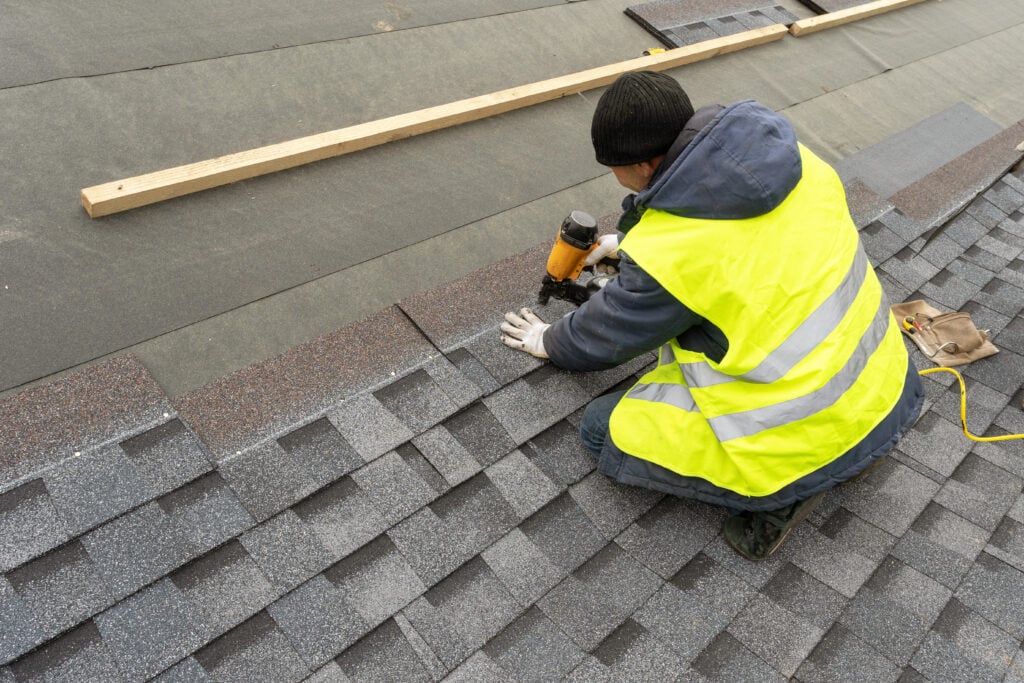
When you notice damage, staying calm and following a clear plan will reduce risk and improve repair outcomes.
Step 1: Ensure Safety First
- Keep people and pets away from damaged areas.
- Watch for electrical hazards if water is present.
- Avoid climbing onto the roof yourself.
Step 2: Minimize Interior Damage
- Place buckets or tarps under active leaks.
- Move furniture and valuables to safe areas.
- Use towels or mops to contain spreading water.
Step 3: Document the Damage
- Take photos and videos from safe vantage points.
- Record dates and times of the incident.
- Save news reports or weather alerts confirming storm activity.
Step 4: Contact a Roofing Professional
- Call a local contractor experienced in emergency services.
- Request a temporary patch if full repairs aren’t immediately possible.
- In Placitas, where storms can create sudden damage, contractors familiar with the local climate can respond quickly.
Step 5: Notify Your Insurance Provider
- Report the incident promptly.
- Provide the documentation you collected.
- Ask about next steps for inspections and claims processing.
Long-Term Solutions Beyond Temporary Fixes
Emergency repairs buy you time, but they aren’t permanent. Once the immediate crisis is under control, consider long-term improvements to protect your home.
Upgrade to Impact-Resistant Materials
- Class 4 impact-rated shingles withstand hail and wind damage.
- Metal roofing offers excellent durability.
- Reinforced underlayment provides added protection.
Install Proper Ventilation
- Prevents ice dams in winter.
- Reduces heat buildup in summer.
- Extends the lifespan of roofing materials.
Schedule Regular Inspections
- At least twice a year, plus after major storms.
- Catch small issues before they become emergencies.
- Professional inspections include flashing, gutters, and attic checks.
Improve Gutter and Drainage Systems
- Clear clogs regularly.
- Install guards to reduce debris buildup.
- Ensure downspouts direct water away from your foundation.
Emergency Repairs vs. Full Roof Replacement
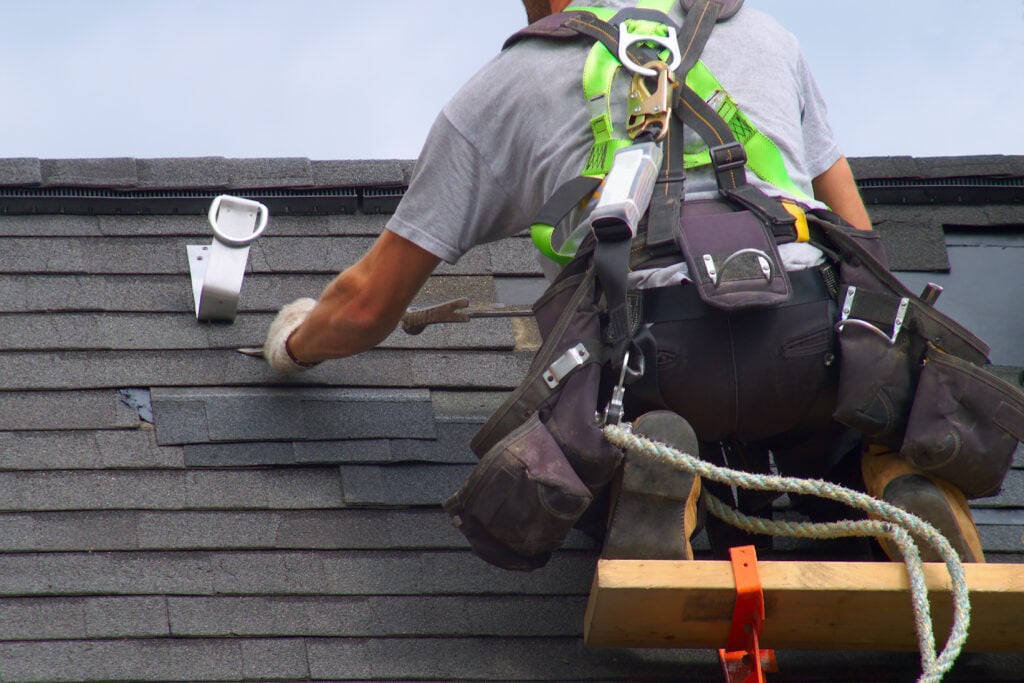
Deciding between a patch and a full replacement depends on the extent of the damage. Here’s a quick comparison to help homeowners weigh options.
| Factor | Emergency Repair | Full Replacement |
| Cost | Low to Moderate | High upfront investment |
| Timeframe | Hours to 1–2 days | 1–2 weeks |
| Durability | Temporary (months to a few years) | 20–30+ years |
| Insurance Coverage | Often covered | Often covered if damage is storm-related |
| Peace of Mind | Short-term | Long-term |
Choosing the Right Contractor for Emergencies
Not all contractors are equipped to handle crisis situations. When speed matters, look for:
- Local Expertise: Contractors familiar with regional weather challenges (like Placitas windstorms) know what to expect.
- Emergency Availability: 24/7 response times for urgent leaks or collapses.
- Insurance Knowledge: Experience guiding homeowners through claims.
- Proven Reputation: Reviews, references, and years in business.
- Warranty Coverage: Guarantees on both temporary fixes and permanent solutions.
Need Emergency Roof Repair in Placitas or Nearby?
When disaster strikes, your roof is the first line of defense—and waiting to act only makes the damage worse. Emergency roof repair keeps your family safe, protects your belongings, and prevents costly long-term damage. By following the right steps and partnering with a trusted professional, you can move from crisis to comfort quickly.
If you need fast, reliable service in Placitas or surrounding areas, don’t wait—contact us today to schedule an emergency inspection and get the help you need right away.
